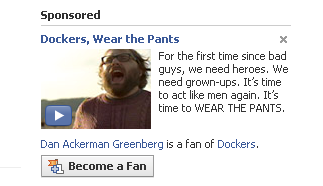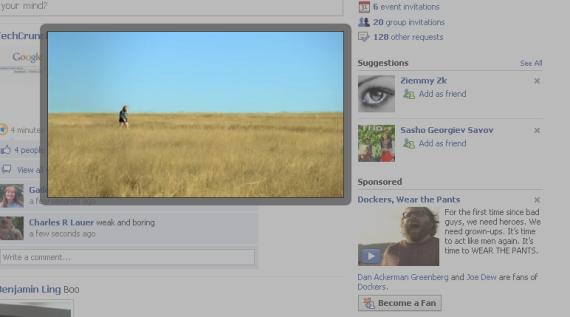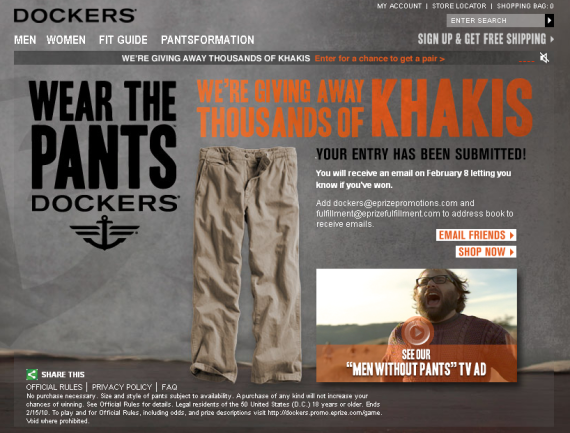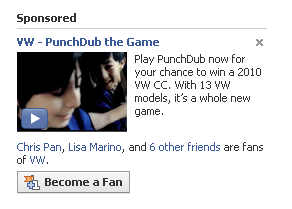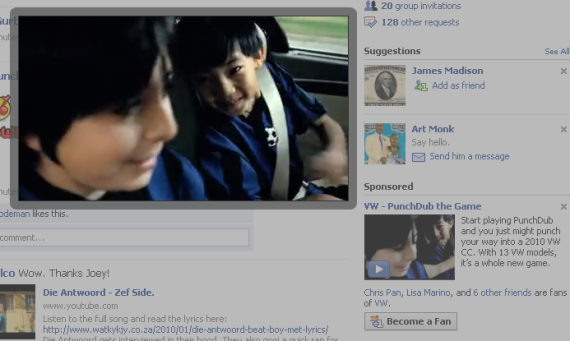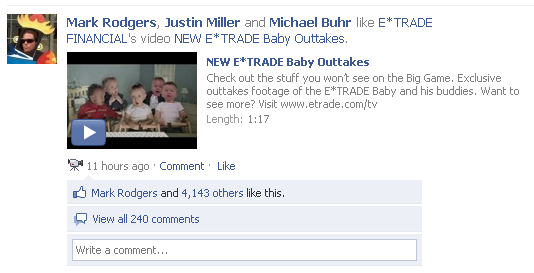In an effort to expedite checkout and prevent shopping cart abandonment, retailers like Amazon have pushed "One Click" purchasing and recently introduced "Amazon PayPhrase". That focus is even more important for time-sensitive e-commerce sites like Rue La La and Gilt Group - where the sale has limited inventory and time... such that a delay between "shopping cart" and "checkout" can lead to expired and empty inventory. To prevent this, Rue La La introduced the "Quick! Buy it." button... and it's terrific. See an item you like? Just click "Quick! Buy it." and it's your's in all of one click. Rue La La takes advantage of the:
- emotion: time sensitivity, buy-it-now, limited inventory; and - customer database: your billing and shipping information are on file - so one click is sufficient The result is instantaneous shopping that is easy and fun - which is what these deal / time-based shopping experiences are predicated on. It's yet another way for Rue La La to take advantage of the time sensitivity that they work so hard to ingrain in shoppers - between the limited inventory and the ticking clock, there is a pressure to purchase now... and the transaction speed (along with the language / branding - Quick!) reinforce the behavior.
Rue La la's "Quick! Buy it." Button
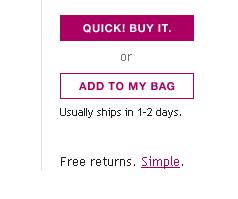
Each item has two options: Quick Buy or Add to Cart
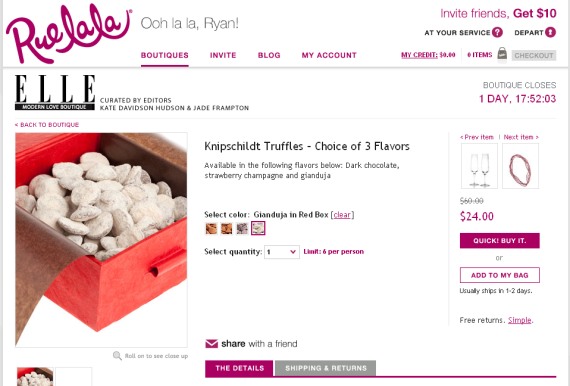
One click - it's that easy
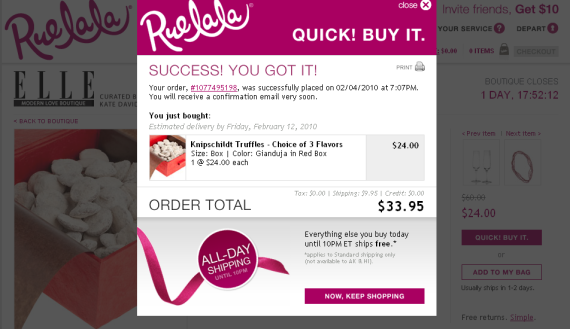


 You will then get a pop-up that will allow you to increase the "maximum number of friends shown in the live feed" above 250:
You will then get a pop-up that will allow you to increase the "maximum number of friends shown in the live feed" above 250: 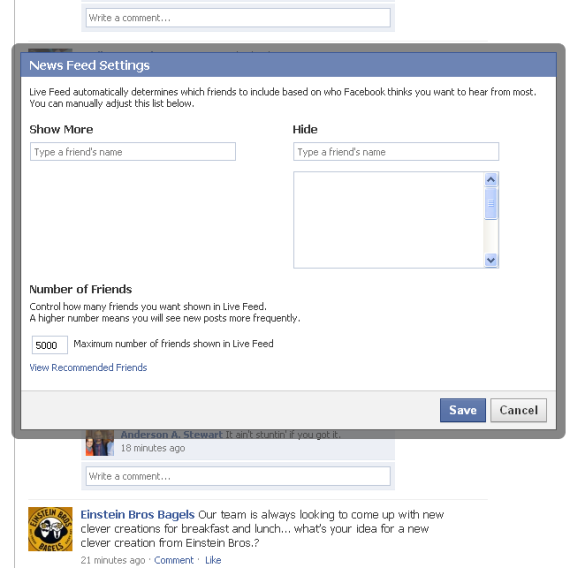


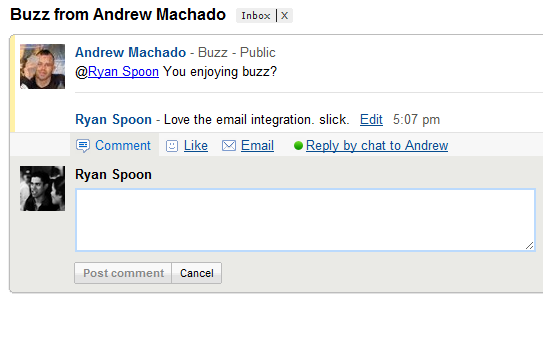
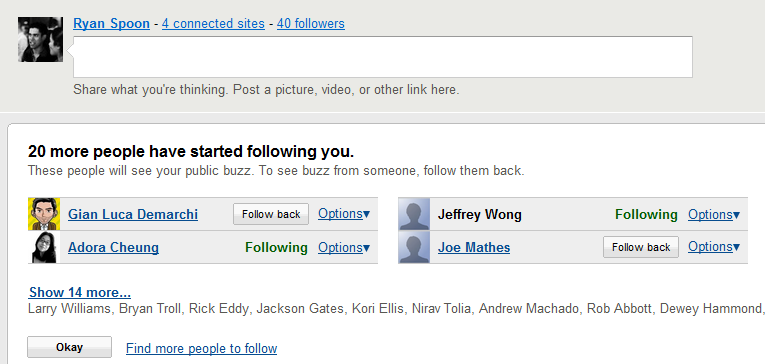

 2. This is an example of a different "YouTube" unit... whether official or not: an image, a smaller Play button that prominently displays "YouTube.com" and text that looks like a text AdSense unit.
2. This is an example of a different "YouTube" unit... whether official or not: an image, a smaller Play button that prominently displays "YouTube.com" and text that looks like a text AdSense unit.





